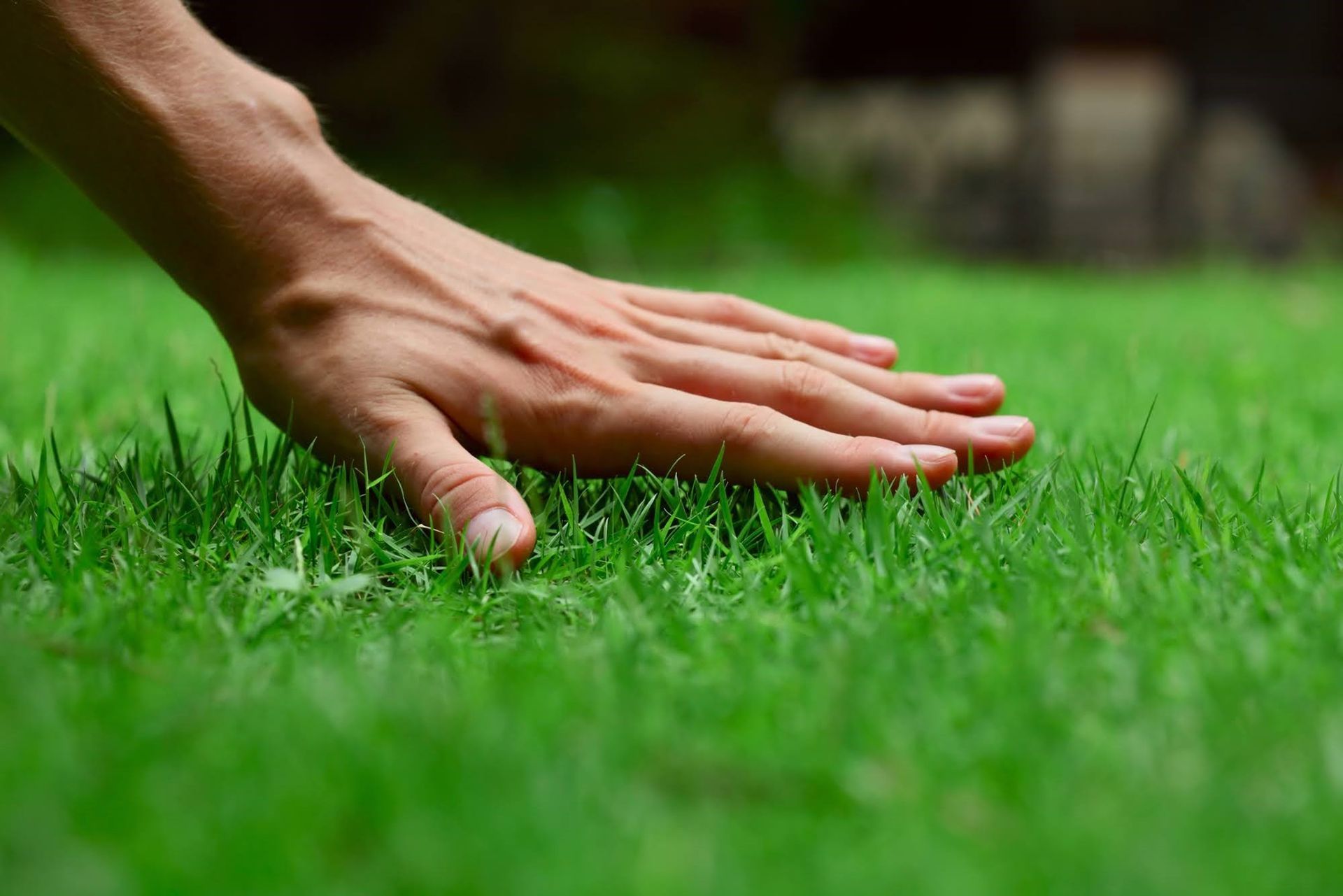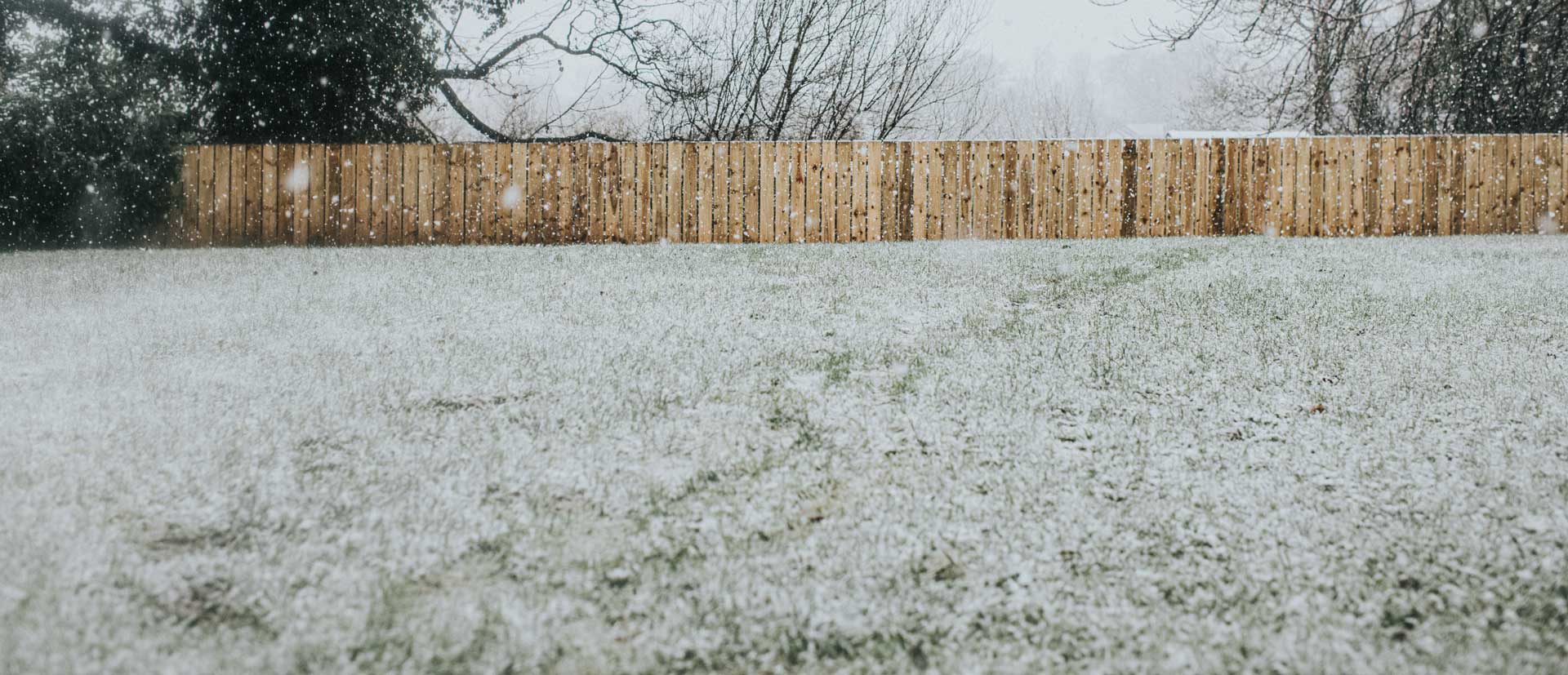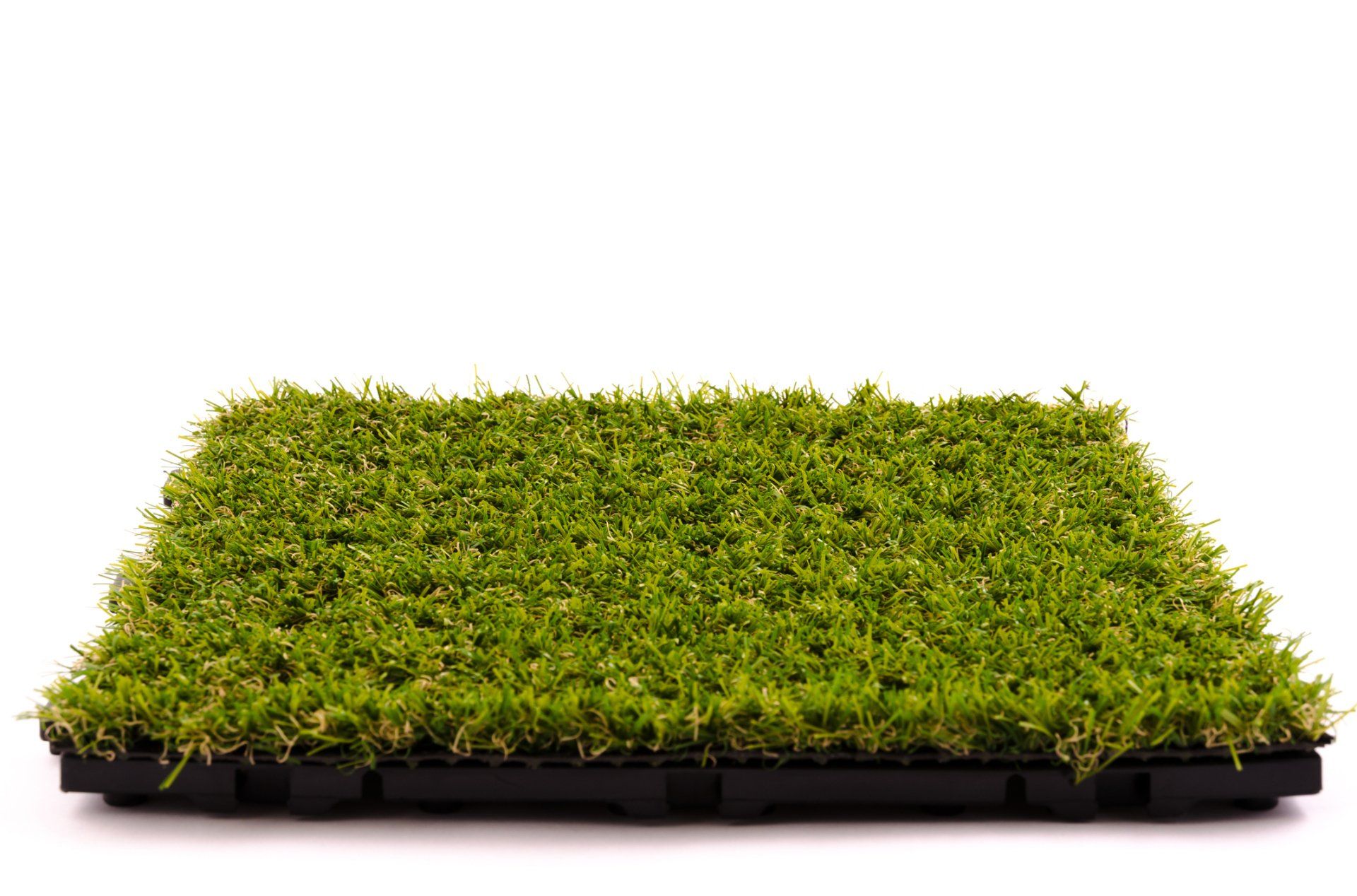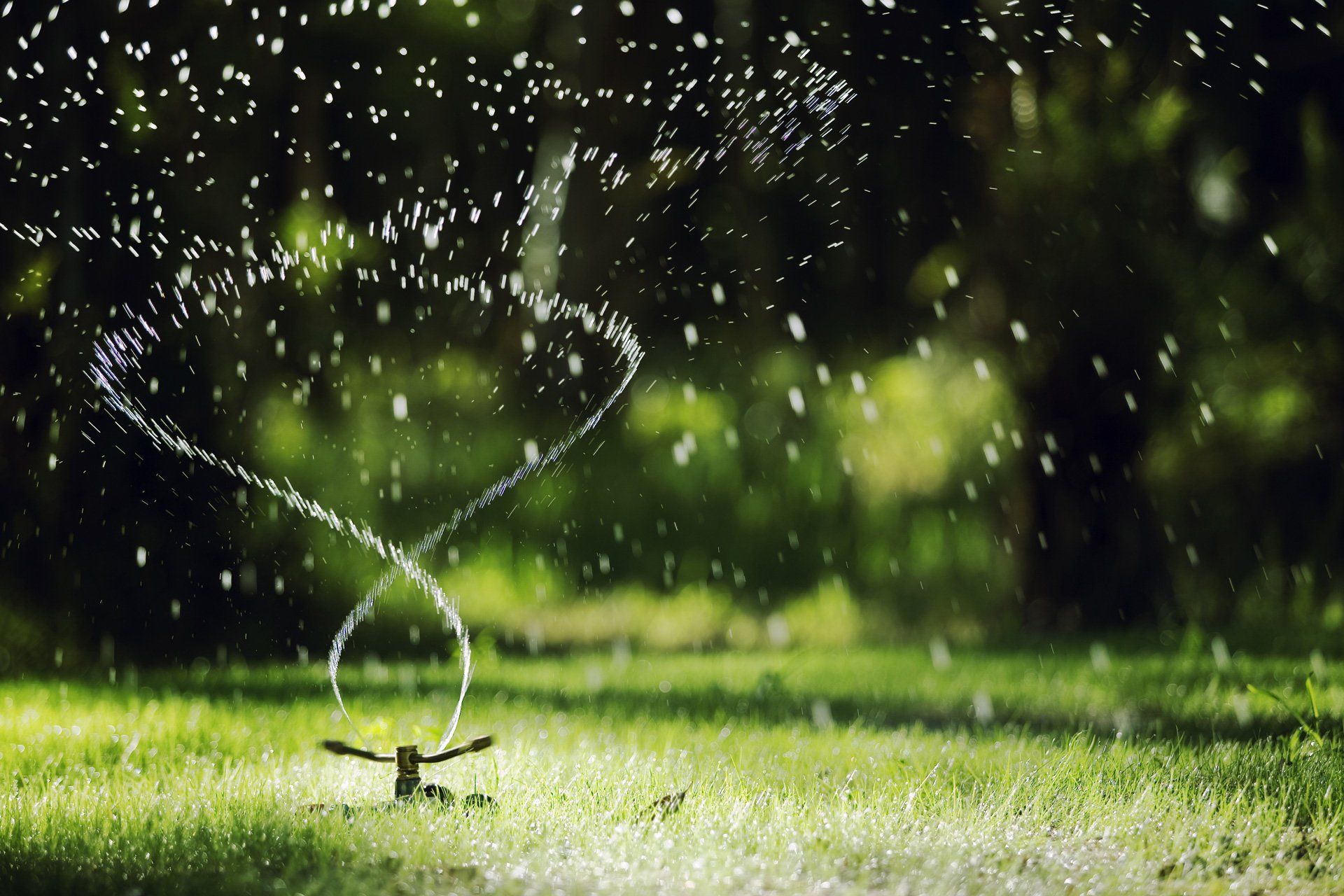Causes of Dead Spots in Your Lawn
- By Admin
- •
- 01 Aug, 2022
- •
Seeing dead patches on your lawn can feel disheartening after all the hard work you've put into it. Even so, restoring the beauty and vitality of your landscape is possible with proper methods and materials. However, you must uncover the root cause of the bare spots to repair and prevent them from recurring.
The following checklist will assist you as you determine the cause of brown spots on your lawn.
Urine from Pets or Wild Animals
The regular dousing of your grass by your pet is probably the culprit for the round yellow spots you've noticed in your yard. Some large birds or a fox visiting your garden may also cause dead spots. But on most occasions, your dog relieves itself in the same location.
Urine contains a high concentration of nitrogen that burns grass. You can prevent the burn by watering the spot thoroughly. Otherwise, you may have to condition your pet to go on an area outside the lawn.
Poor Irrigation
Too little or too much watering are both unhealthy for your lawn. Grass will stay a few weeks without water but extended periods of drought cause it to die off.
On the other hand, too much water for your lawn also deprives roots of oxygen, causing them to rot. The chief causes of overwatering are leaving your sprinklers on too long and watering your garden daily.
Bad Mowing Practices
Your mowing practices have a significant effect on the health of your lawn. Mowing too short is one of the common causes of a brown patch. When you cut your grass too short, you cut out the majority of its nutrient source— the leaves.
The energy grass uses to replenish the lost nutrients takes away from its roots, causing them to be weak. As a rule of thumb, only cut your grass when it's at least three inches tall and set your mowing frequency around the height rather than a rigid schedule.
Another mistake is cutting grass early in the morning. Mowing wet morning grass increases the chance of spreading diseases. Weed seeds grow quickly and can cause brown spots when they land on damp soil.
Poor Soil Quality
Soil quality greatly influences the health of your lawn. Your lawn can have varying soil quality, and patches of poor soil can result in brown, bare areas.
A lawn with poor soil quality — whether the problem is poor composition or nutrient deficiency — is susceptible to pests and diseases. A pH level that is not optimal may also affect the health of your grass
If you want to make your lawn healthier, aerating it and amending the soil should make a difference. Be sure to test a small soil sample first in order to know which nutrients and materials are necessary to balance your soil. Aeration and adding fertilizer help restore some essential nutrients to the soil making it less likely for a patch to develop.
Fungal Diseases
A dead spot due to fungal disease may appear as small white tufts of cotton on the brown patch. Fungal diseases occur due to temporary environmental conditions that cause a lack of sunlight and air circulation, an ideal environment for unwelcome fungi to flourish.
Extremely wet conditions may also trigger lawn disease. Maintaining optimal nitrogen levels and proper watering will help discourage fungal growth.
Improper Fertilizing
When you apply too much fertilizer or spill fertilizer on your lawn, the grass leaves may burn, and you will have dead patches.
In case you spill fertilizer, water your lawn thoroughly as soon as possible to remove excess nitrogen. You can also load spreaders to ensure proper and balanced distribution of fertilizers.
Even well-tended turf lawns can develop dead, bald patches from time to time. The causes are often obvious, but sometimes they can be somewhat elusive. You should have a reputable lawn service provider examine your yard and diagnose the issue.
Contact us today for all your lawn needs, including resolving dead patches in your lawn.
The following checklist will assist you as you determine the cause of brown spots on your lawn.
Urine from Pets or Wild Animals
The regular dousing of your grass by your pet is probably the culprit for the round yellow spots you've noticed in your yard. Some large birds or a fox visiting your garden may also cause dead spots. But on most occasions, your dog relieves itself in the same location.
Urine contains a high concentration of nitrogen that burns grass. You can prevent the burn by watering the spot thoroughly. Otherwise, you may have to condition your pet to go on an area outside the lawn.
Poor Irrigation
Too little or too much watering are both unhealthy for your lawn. Grass will stay a few weeks without water but extended periods of drought cause it to die off.
On the other hand, too much water for your lawn also deprives roots of oxygen, causing them to rot. The chief causes of overwatering are leaving your sprinklers on too long and watering your garden daily.
Bad Mowing Practices
Your mowing practices have a significant effect on the health of your lawn. Mowing too short is one of the common causes of a brown patch. When you cut your grass too short, you cut out the majority of its nutrient source— the leaves.
The energy grass uses to replenish the lost nutrients takes away from its roots, causing them to be weak. As a rule of thumb, only cut your grass when it's at least three inches tall and set your mowing frequency around the height rather than a rigid schedule.
Another mistake is cutting grass early in the morning. Mowing wet morning grass increases the chance of spreading diseases. Weed seeds grow quickly and can cause brown spots when they land on damp soil.
Poor Soil Quality
Soil quality greatly influences the health of your lawn. Your lawn can have varying soil quality, and patches of poor soil can result in brown, bare areas.
A lawn with poor soil quality — whether the problem is poor composition or nutrient deficiency — is susceptible to pests and diseases. A pH level that is not optimal may also affect the health of your grass
If you want to make your lawn healthier, aerating it and amending the soil should make a difference. Be sure to test a small soil sample first in order to know which nutrients and materials are necessary to balance your soil. Aeration and adding fertilizer help restore some essential nutrients to the soil making it less likely for a patch to develop.
Fungal Diseases
A dead spot due to fungal disease may appear as small white tufts of cotton on the brown patch. Fungal diseases occur due to temporary environmental conditions that cause a lack of sunlight and air circulation, an ideal environment for unwelcome fungi to flourish.
Extremely wet conditions may also trigger lawn disease. Maintaining optimal nitrogen levels and proper watering will help discourage fungal growth.
Improper Fertilizing
When you apply too much fertilizer or spill fertilizer on your lawn, the grass leaves may burn, and you will have dead patches.
In case you spill fertilizer, water your lawn thoroughly as soon as possible to remove excess nitrogen. You can also load spreaders to ensure proper and balanced distribution of fertilizers.
Even well-tended turf lawns can develop dead, bald patches from time to time. The causes are often obvious, but sometimes they can be somewhat elusive. You should have a reputable lawn service provider examine your yard and diagnose the issue.
Contact us today for all your lawn needs, including resolving dead patches in your lawn.
If you manage or intend to build a playing field, you'll want visually appealing and long lasting sod that requires minimal maintenance. Read for more.
A variety of pests can wreak havoc on your lawn, turning it from a source of pride to a patchwork of problems. Read this blog to find out more about them.
Landscapers can help get your soil ready for sod planting. Discover five solutions they might recommend and implement to get soil ready for sod.
Some individuals are hesitant to try sod due to the various myths surrounding the installation. Read this blog on myths to determine if sod is for you.
If you have a pet dog, you need to take special care of your sod. Learn to balance your pet's needs with the needs of your lawn today.
If your grass takes forever to grow even after you follow all the instructions, two common problems may be the cause. Learn how to fix these issues.











